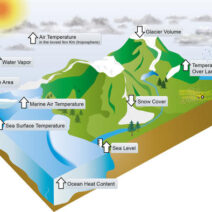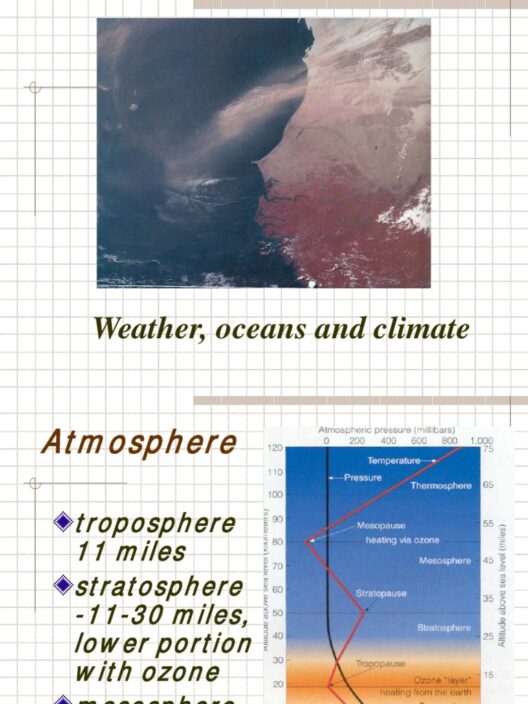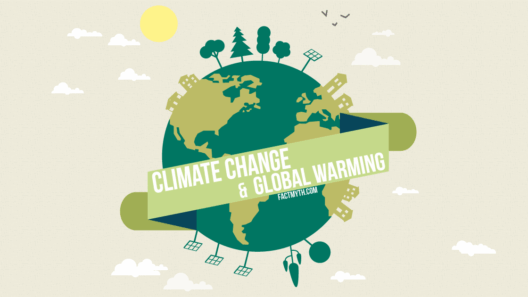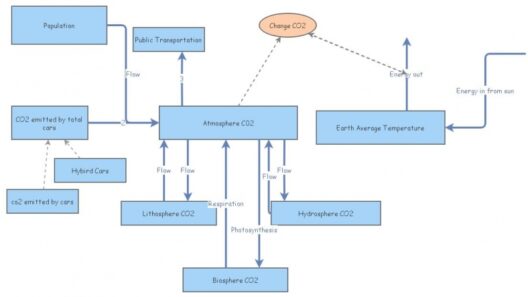Freshwater ecosystems are some of the most vital yet vulnerable environments on Earth. They encompass lakes, rivers, wetlands, and streams, supporting an astonishing variety of life forms. However, as the planet experiences the pernicious effects of global warming, freshwater resources are under significant threat. One might ponder, how can the warming of our planet endanger the very sources of life that sustain myriad species in aquatic habitats? This inquiry unveils a complex web of interactions that forms the backbone of aquatic life, all the while presenting a formidable challenge for conservation efforts globally.
The phenomenon of global warming leads to a rise in average temperatures, which in turn affects the delicate balance within freshwater ecosystems. As temperatures surge, the solubility of oxygen in water decreases, subsequently diminishing the amount of dissolved oxygen available for aquatic organisms. Species such as fish, amphibians, and macroinvertebrates rely heavily on this essential gas for survival. With elevated temperatures, entire populations can be threatened, leading to cascading effects on food webs and ecosystem stability.
Furthermore, global warming exacerbates existing problems such as droughts and altered precipitation patterns. Regions that once basked in ample freshwater supply are now witnessing reduced water levels. Water scarcity not only leads to a decline in water quality but also affects habitat availability. Many aquatic species depend on specific life stages that require stable environments; alterations in water levels can disrupt breeding and feeding patterns, ultimately leading to population decline.
Additionally, increased evaporation due to higher temperatures results in saline intrusion in freshwater bodies, especially in coastal areas. As saltwater infiltrates rivers, lakes, and aquifers, the delicate salinity balance that many freshwater species require is disturbed. This phenomenon poses a dual threat: it depletes freshwater supplies and jeopardizes the survival of species that cannot adapt to salinity changes. For instance, many fish that thrive in freshwater are ill-equipped to survive in brackish conditions.
The interplay between global warming and freshwater quality forms another critical axis of concern. Contaminants, including heavy metals and agricultural runoff, are more concentrated as water bodies shrink. Elevated temperatures can exacerbate algal blooms, leading to hypoxic conditions where oxygen levels plummet. The proliferation of harmful algal blooms can result in toxic environments, rendering water unusable for drinking and posing serious health risks to both aquatic life and humans alike. Thus, the deterioration of water quality becomes a secondary but no less pernicious effect of climate change.
The impact of global warming on freshwater systems is not constrained to individual species; it reverberates through entire ecosystems. Ecosystem functions, such as nutrient cycling, carbon storage, and water purification, are jeopardized when species composition is altered. Changes in biodiversity generate imbalances, threatening the resilience of these ecosystems in the face of additional environmental stressors. For instance, the loss of keystone species can lead to a trophic cascade, disrupting predator-prey relationships and further compromising ecosystem integrity.
Moreover, the socio-economic implications of diminishing freshwater resources are profound, particularly for marginalized communities. Access to clean water is not merely an environmental issue; it intersects with human rights and social justice. As freshwater sources become more scarce, competition for water intensifies, potentially leading to conflict. The marginalized, who are often the most vulnerable to the effects of climate change, face compounding challenges that affect their health, food security, and livelihoods.
Addressing the threats to freshwater due to global warming requires a multifaceted approach. Conservation efforts must focus not only on preserving existing habitats but also on restoring degraded ecosystems. This may involve rewilding efforts, promoting sustainable agricultural practices, and investing in green infrastructure solutions that enhance water retention and quality. Furthermore, community engagement is crucial; those who rely on freshwater systems for their daily lives should be central to conservation initiatives.
International cooperation is paramount in tackling this global challenge. Water resources do not adhere to political boundaries, and as such, transboundary water management can foster collaborative solutions. By sharing technology, strategies, and funding, nations can collectively mitigate the impacts of climate change on freshwater ecosystems. Investing in research to enhance understanding of these systems under changing climate conditions will allow for better-informed policies and innovative solutions.
In conclusion, the perilous state of freshwater ecosystems due to global warming demands immediate attention and action. As the temperature of our planet continues to rise, so too do the challenges faced by aquatic life and human communities dependent on these resources. The question remains: can we rise to the challenge and implement effective strategies to protect our precious freshwater ecosystems? The world watches, and indeed, the stakes have never been higher. It is now a collective responsibility to ensure that our freshwater resources continue to thrive, serving as a lifeline for future generations.








